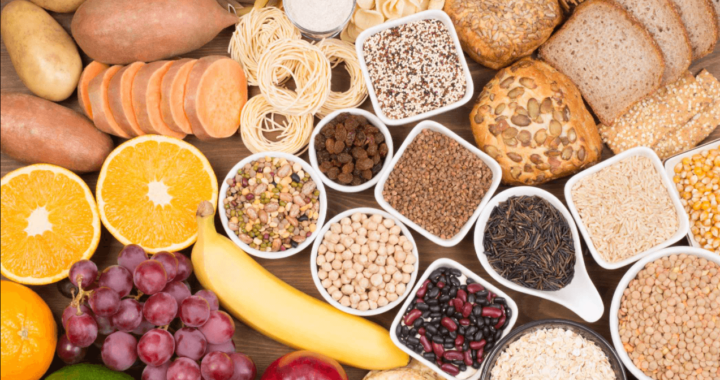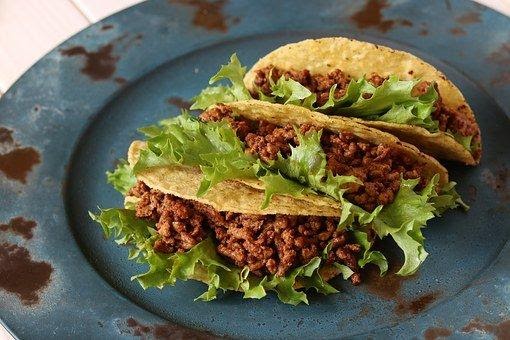Is It Important to Know How to Cook Beets

Beets are a root vegetable that is known for its dark red color. The beet leaves can be eaten raw or cooked, too. Beets give folic acid, vitamin C, and potassium. Potassium is vital to your teeth, kidneys, and muscles for their protection.
Beets are one of those veggies that one way or the other inspires passion — you either love them or strongly dislike them.
Prepare beetroot
- Before eating, be sure to rinse with water.
- Cut the stem from the bulb before making ready.
Raw
Grate the beet and add to the salads or coleslaw.
Cooked
- Beets cooked, boiled, or pickled.
- It can be used as a side dish, in salads and soups.
If you want to cook them conventionally it is best to use small or medium beets, otherwise, it will take forever. Rinse the beets and break off all stalks, save one inch. Combine with water to cover in a large deep saucepan; bring to a boil, then simmer until tender. How long this would take differs considerably based on the size of the beets; start testing after around 20 minutes, just don’t poke too many test holes within them, or they bleed like wild! After done, drain.
Store
The beets can be kept up to 2 weeks in the fridge. Beet greens can go bad quickly and should be consumed 2-5 days from now.
Why beets are important?
Beets are low in calories and high in fiber which helps to fill them and can contribute to the goals of weight management. They are a strong mineral supply, in particular potassium, magnesium, manganese, and (to a lesser extent) iron. And while those attributes are good, they’re not unique at all. What attracts people to beets from a wellness viewpoint is the possible link to better cardiovascular health.
Beets are a very strong source of folate (Vitamin B9), and people who eat diets high in folate from green leafy vegetables or folic acid enhanced foods have lower blood homocysteine rates.
Due to its numerous benefits, knowing how to cook beets is important. But before that, you must consider the following points while selecting the beets.
Selecting Beets
When you spot beets in the section of the produce, you will either see them in bunches with attached greens. Or the greens are cut off and the beetroots sold separately themselves.
What do you choose, then? When you are going to consume the greens, pick some that already have the greens connected. Just be assured that the greens are fresh and free of decay.
If you don’t want to consume the greens then purchasing the pre-trimmed beets is good. If you have no option, so the greens are connected, so you don’t want to consume the greens, so the greens’ condition doesn’t matter.
In this case, you want to make sure that the beets themselves are round and solid, excluding any that look slimy, fragile, or depressed. There are other varieties, but the ones that you possibly learn the most of them are red. Their surface should be mostly smooth and they should have a deep red color. Gold or “Yellow” beets will be a vivid and dark red. Avoid those with sunken spots, dark or black — that means they’re old.
Cooked Beets VS RAW Beets:
You can eat cooked or raw beets, as well as get dietary nitrate from other green leafy vegetables such as spinach, kale, and lettuce to achieve the cardiovascular health benefits of eating dietary nitrate. Cooking beets decrease the bioavailability of dietary nitrate from the food, which means that more dietary nitrate comes from raw beets. To experience an ergogenic effect from dietary nitrate, you need to consume about 5-7 mmol of dietary nitrate, which is difficult to eat but is the amount found in about 500 ml of raw beetroot juice.

 6 Foods To Avoid When Celebrating New Year
6 Foods To Avoid When Celebrating New Year  Why Is Food Auditing So Important?
Why Is Food Auditing So Important?  12 Latest Cakes Designs For Upcoming Birthday Celebration
12 Latest Cakes Designs For Upcoming Birthday Celebration  What To Eat Before A Tennis Tournament
What To Eat Before A Tennis Tournament  Wedding Food and Drink: 4 Considerations
Wedding Food and Drink: 4 Considerations  Dishes you didn’t know should always contain shredded Mexican cheeses.
Dishes you didn’t know should always contain shredded Mexican cheeses.  From SEO to GEO: Why GPT-5.1 Makes Traditional Search Optimization Obsolete
From SEO to GEO: Why GPT-5.1 Makes Traditional Search Optimization Obsolete  Botox vs. Profhilo: What’s Better for Natural Anti-Aging Results
Botox vs. Profhilo: What’s Better for Natural Anti-Aging Results  Benefits of Using Quality Drawer Channels in Modular Kitchens
Benefits of Using Quality Drawer Channels in Modular Kitchens